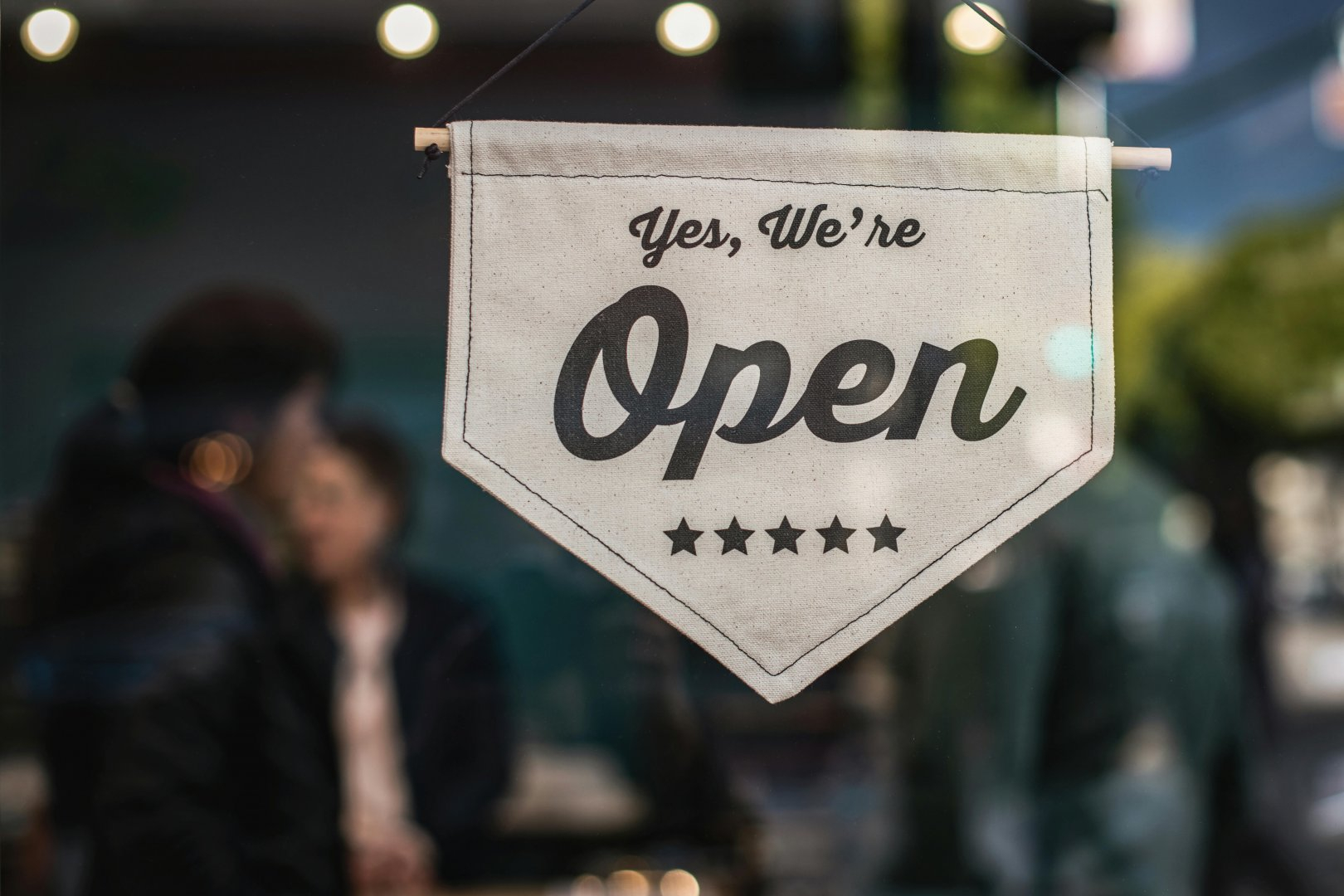Geo-fencing is a powerful tool for businesses aiming to enhance their local marketing strategies. By harnessing the power of location-based technology, business owners can target customers directly and drive foot traffic effectively.
Understanding Geo-Fencing
What Is Geo-Fencing?
Geo-fencing involves setting up virtual boundaries around a specific geographic area using GPS or RFID technology. When a user enters or exits this zone, they can receive real-time alerts or promotional messages through their mobile devices. This technique is particularly effective for local businesses looking to engage customers while they are in proximity to their location. The result is tailored marketing that speaks directly to the consumers most likely to respond.
Benefits of Geo-Fencing for Local Businesses
Implementing geo-fencing can significantly benefit local businesses. One major advantage is the ability to send targeted promotions to potential customers when they are nearby. This timely engagement can lead to increased foot traffic and sales. Additionally, geo-fencing allows for more personalized marketing strategies, helping businesses build a connection with their audience.
- Increased foot traffic
- Targeted promotions
- Improved customer engagement
- Data-driven insights
Setting Up a Geo-Fencing Campaign
To set up a successful geo-fencing campaign, the first step is to choose the right geo-fencing platform or software. Many tools allow businesses to create and manage their geo-fences, track user engagement, and analyze campaign performance. After selecting a platform, business owners should determine their target area, ensuring it encompasses not just their location but also potential customers from nearby neighborhoods.
Crafting Effective Messaging
The messaging within a geo-fencing campaign is crucial for its success. It should be succinct, enticing, and relevant to the target audience. For example, a nearby coffee shop might send out a message containing a limited-time discount on coffee when customers are within a few blocks. Tailoring the message based on location and time of day can further enhance the effectiveness of geo-fencing promotions.
Combining Geo-Fencing with Social Media
Integrating geo-fencing efforts with social media can amplify reach and engagement. Businesses can encourage check-ins, shares, or posts when customers are on-site, increasing visibility among their followers. Additionally, using localized hashtags can enhance interaction with the community, making it easier for potential customers to discover newly offered services and promotions.
Measuring Success with Analytics
To understand the effectiveness of a geo-fencing campaign, utilizing analytics is vital. Track key performance indicators such as engagement rates, foot traffic increments, and conversion rates. Many geo-fencing platforms provide detailed reports, allowing business owners to assess which strategies worked or if adjustments are necessary. Regularly evaluating performance helps optimize future campaigns for better results.
Challenges in Geo-Fencing
Despite its benefits, geo-fencing comes with challenges. Consumer privacy concerns and legal regulations surrounding location tracking must be addressed. Ensuring that users opt-in for notifications and being transparent about data collection practices can mitigate potential backlash. Additionally, accurate targeting can sometimes be hard to achieve if customers have location services disabled on their devices.
Best Practices for Geo-Fencing Campaigns
Adopting best practices ensures that geo-fencing campaigns run smoothly. Start with small, focused campaigns to test effectiveness before scaling up. Make sure to analyze data continuously and be willing to pivot strategies based on customer response. Additionally, segmenting audiences based on demographics or behaviors can lead to more personalized and effective messaging.
Future Trends in Geo-Fencing
As technology evolves, so will geo-fencing strategies. The integration of artificial intelligence and machine learning could lead to more sophisticated targeting mechanisms and predictive analytics. Additionally, the growth of smart environments, such as connected homes and vehicles, presents new opportunities for local marketing initiatives, allowing for even more personalized customer engagement.
Key Takeaways
- Geo-fencing allows businesses to engage customers in real-time.
- Targeted messaging can drive foot traffic and increase sales.
- Combine geo-fencing with social media to enhance visibility.
- Analytics are essential for measuring success and optimizing campaigns.
- Address privacy concerns by being transparent with customers.







